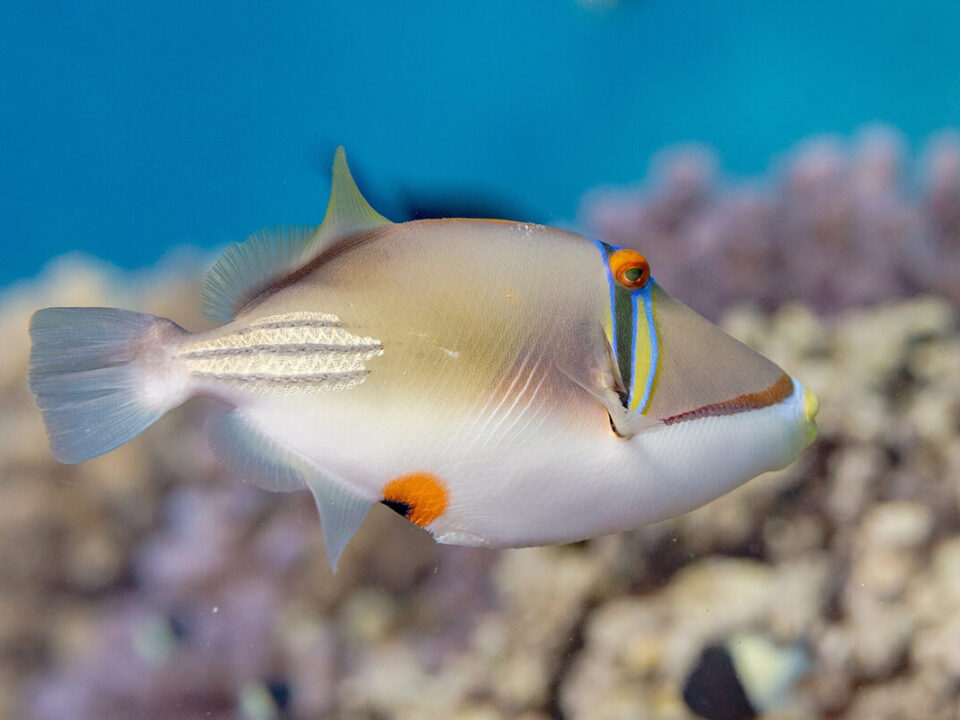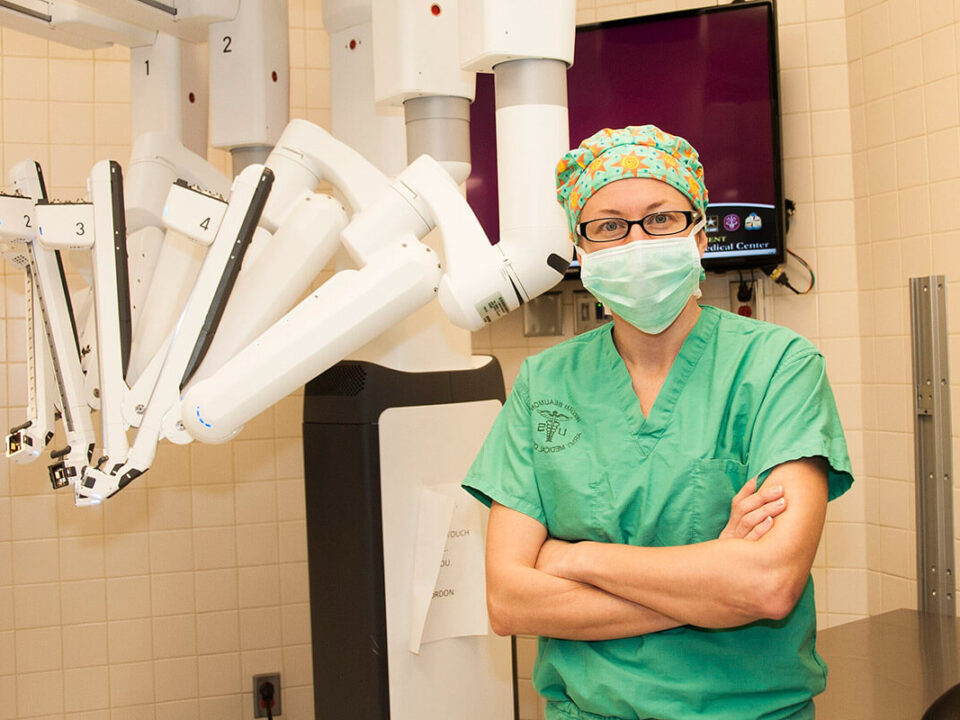In my most recent post in this series on the science of purpose, I reemphasized the claim that telos is the fundamental element that establishes the validity of intelligent design philosophy. Of course, that’s an ancient assertion, famously offered by Anaxagoras, Aristotle, and further confirmed by Aquinas. One finds perhaps the most declarative statement to this effect in the third of the famous Gifford lectures by James Hutchison Stirling: “For the very existence of Natural Theology, is bound up with the existence of final causes. Destroy final causes and you destroy Natural Theology forever.”
Natural theology, the 19th-century name given to what is known today as intelligent design theory, posits the discernment of the existence of God solely based on knowledge of the natural world, independent and separate from such knowledge made available by revelation. The modern-day pillars of intelligent design, specified irreducible complexity and the stochastic barrier to the randomness-selection hypothesis as described by Dembski’s Design Inference, have established ID theory as a legitimate intellectual framework.
Final Causality in the Biosphere
The next step in validating ID theory, I maintain, is to further specify how telos or final causality actually operates in the biosphere. The reality of telos manifest in cognitive beings is straightforward. It is simply the fulfillment of intentionality to serve a purpose, such as the need to have shelter or a domicile, whether it be a beaver lodge, beehive, bird’s nest, skyscraper, or igloo.
The controversy is whether telos or final causality can be manifest below the cognitive level. And as I described in a previous post in this series, what is required is representational directedness. I used examples from physiology which illustrate how cellular, organ, and bodily function operate most distinctively in that way. The same is readily observed in adaptations in the biosphere that allow creatures and plants of all kinds to survive in all environments, from Antarctica to Death Valley.
Darwin’s Explanation
Darwin’s famous explanation of randomness plus selection is by definition devoid of representational directedness. The only directionality comes from the environment. But as I wrote in a previous post, natural selection can only subtract. It has no directing agency to add or improve other than what is presented to it by randomness. And as Dembski and others have explained, the combinatorial barrier to direction via randomness is unsurmountable.
The larger question then becomes: How does telos confer the intentionality that allows directed adaptations to emerge? We must construct a logical framework that accommodates evolution in the broadest sense, with particular attention to the means by which speciation might have occurred based on representational directedness and intentionality.
Medieval interpretations of the Bible’s account of organismal creation were dogmatized by Carolus Linnaeus who asserted that every organism on earth was individually handcrafted by God. While in the broadest “Thomistic” sense that may be true, what is also true is that all of the molecular, cellular, and morphological components of organisms are quite similar and not really distinct across species, e.g., hemoglobin, DNA, RNA, cell membranes, organs (kidneys/lungs/hearts, etc.). In practical terms, this means that one can construct virtually any organism out of the basic building blocks. That being the case, the transition from one species to the next does not require wholesale reinvention, like, for instance, going from sailboat to jetliner. In vastly oversimplified terms it means that to go from perch to tuna or from rodent to wolf, an evolutionary transition mainly requires reorganization of parts (with some additions/subtractions/embellishments) rather than starting from scratch with each new species. And of course, this is why neo-Darwinists feel confident in insisting that Homo sapiens is just a creature with a large brain and opposable thumbs, but otherwise not much different from a chimpanzee.
But of course, it is not that simple. Reorganizing the building blocks is the whole point. Even when you start with all the materials, you still need the right tools and, yes, the right design. Breaking down a Ford Mustang won’t readily allow the mechanic to take all those parts and reconfigure them into a Ferrari. But at least it would be possible, if he had the Ferrari’s representation as a blueprint that directed him to perform the operation.
How Did It Get There?
And as I mentioned above, the representational directedness that allows organisms to function with purpose at all levels from the molecular to the macroscopic is actually already built into the organism. The real question then becomes: How did it get there?
To answer such a fundamental question necessitates the next big leap forward in intelligent design theory: anticipation. Virtually all functioning systems in life are anticipatory. Robert Rosen rigorously explored this concept in his 1985 treatise, Anticipatory Systems. There, he propsed the radical idea that life itself is utterly self-referential, i.e., not reducible to linear analysis. This concept of course is the precursor to the deeper understanding of specified irreducible complexity.
And upon reflection one sees that anticipatory behavior is actually ubiquitous in biota. Predators must anticipate where and when to hunt their prey. Ruminants must anticipate where to find grass and forage. Chipmunks must anticipate the need to store acorns for the winter. Angiosperms must anticipate when to produce nectar to attract pollinators, who must anticipate where to find flowering plants. At the micro level, your kidney must anticipate the need to conserve or excrete free water/electrolytes and conserve protein and glucose. Insulin receptors must anticipate pancreatic secretion of insulin, etc., etc. All of that occurs because the representations are already embedded in the organism.
A Very Simple Model
In order to understand the complexity of organismal adaptation resulting in evolution, a very simple model helps make that feasible. If we can model very simple evolutionary transitions, we gain a starting point from which to explain that which is more complex. Recall that Isaac Newton himself revolutionized all of mechanics by employing the simplest of all possible models to derive his laws of motion, i.e., a massless point in empty space with acceleration = 0.
Countless “simple” evolutionary transitions abound, such as grizzly bear to polar bear, crocodile to alligator, mouse to rat, or, emulating Darwin himself, finch to finch. Of course, these evolutionary changes are not really simple at all, but using them as a model helps us understand the larger, far more complex picture.
For example, imagine a primordial grizzly bear on the northern edge of the forest adjacent to the Arctic. His soma senses the differences of the new environment. Perhaps he finds on initial exploration that it is too cold and too difficult to hunt with brown fur and a short nose. So, he returns to his forest as a grizzly. But, something has happened. Telos, acting as agency for adaptation, directs his soma to internalize the difference demanded by the environment and anticipate what has to change to thrive in the snowy Arctic. In other words, his soma has experienced what would need to change for him to live up there.
Is This Really Possible?
To move yet ahead, we must upend the doctrine of August Weismann, who claimed in 1892 that all heritable information is contained solely in the germ cells, and that nothing external to those cells could change them. Notice how similar this is to Crick’s central dogma (referenced here), which incorrectly asserted that all the information in a cell resides solely in the DNA. These were just proclamations based on vastly incomplete knowledge. We have no reason to be bound by those erroneous dictates.
Why? Because now we know that spliceosomes can decode DNA in alternative ways to construct different proteins from the same genome depending on the needs of the organism. And every living organism by definition already has enough embedded genetic information to survive in its own environment. So in order to adapt and/or evolve, it has to build on what it anticipates would be needed to survive and thrive, based on its experience in that novel environment. And in this context it is essential to understand that the biosphere is really the semiosphere; that is, the anticipatory behavior of organisms relies on signs (aka semions) emanating from their ecological niche in which organism and environment are symbionts.
Now to finally complete the logic of this framework, it is necessary to recognize that anticipation and directedness are two sides of the same coin: both require representation. And an actionable representation requires learning, comprehension, and memory. Anticipation by definition is the process of accommodating a future state or condition, which is the means by which telos operates. Within this framework we identify telos as the agency which confers on organisms the power of purpose-driven, problem-solving goal-directedness. And it is their embedded intentionality that allows them to design solutions to problems that are anticipated as they go from one ecological niche to the next, based on the signs and learning that they experience during a landscape or speciation transition.
A Slow Process
To be sure, this is a slow process that requires some trial and error on the part of the adapting entity. In the same way that it took humans centuries to go beyond crude stone tools to metals, vehicles, computers, etc. Human technology still advanced. The tortoise beat the hare.
What makes this framework internally cohesive as well as comprehensively explanatory is the fundamental definition of telos or final causality: It is an immanent power of the living state, in the same way that gravity is an immanent power of mass, and medium-free wavicle propagation is an immanent power of electromagnetism.
With one huge difference. Even if one mistakenly decides to assign inanimate undirected immanence to the physicalism of gravity, electromagnetism, etc., there can be no doubt that the goal-directed immanent intentionality that is the fundamental characteristic of life must be based on immanent intentionality in Mind, i.e., God.
Chance and Necessity was what Jaques Monod infamously posited in 1970 to overthrow Abrahamism. Now, 55 years later we can refute Monod’s admonition: Life does not derive from undirected randomness. It results from telos, the immanent agency of Anticipation and Necessity.
Read the Full Article on Evolution News




